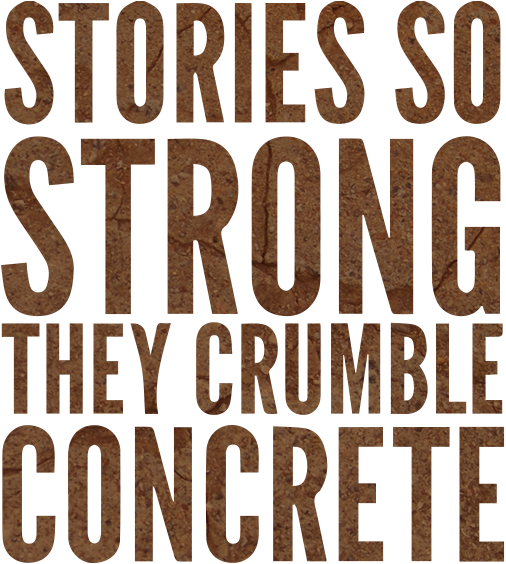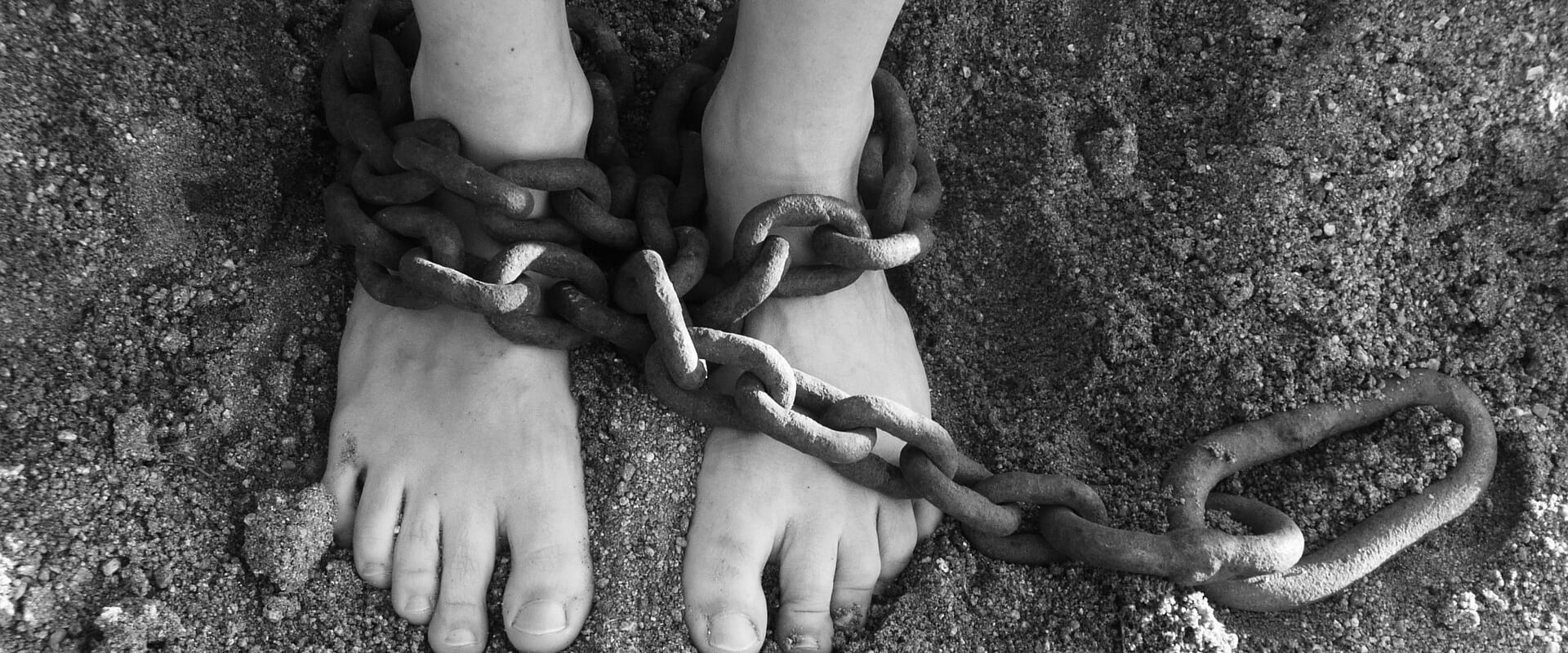Prison Industrial Complex
Fourth of July at CCWF July 2006
by Sara Olson

personal-narrative prison-life prison-industrial-complex public-policy
The treatment of women prisoners by custody would shock and appall the public’s moral conscience. We are treated as less than human. We are demeaned, called names and left to “handle our business,” that is-settle inter-inmate conflicts ourselves.
On the fourth of July, the Central California Women’s Facility (CCWF) prisoners had our “annual” BBQ. For those of us in housing unit 506 on B Yard, it was the worst BBQ we’ve ever had.
It took place on one of the Central Valley’s hot, hot days. The first heat alert came early that day. When it’s over 90 degrees Fahrenheit, women who take anti-depressants or similar psyche meds must limit their exposure to sun and heat. At 3:10 P.M. there were still a few such women outside so the entire yard, which usually locks down for count at 3:45 P.M. on a holiday, was recalled.
Prisoners in three of the housing units on B Yard can stay outside until 9:00 P.M. But 506 is the Close Custody unit. All Close A inmates are locked in the building after 6:00 P.M.every day. All Close B and Close A prisoners are locked in our cells at 8:00 P.M. For some of us, this goes on for years. Because of this, 506 usually goes first to eat at 5:00 P.M. That night, of the four housing units, we went last. None of us were allowed to eat outside, picnic-style.
The guards said, “You got nuthin’ comin’!” They groused, “Why do they still get that damn BBQ?” Once a year, we grudgingly get one grilled soy burger and one weiner on a bun. Once a year, we get a small wedge of watermelon on the state’s dime and the guards complain that it’s “too much.”
On July 1, 2005 by legislative fiat SB737, the California Department of Corrections (CDC) added “and Rehabilitation,” (CDCR) to its title. Several other interdepartmental name changes and an “on paper” reorganization occurred as a response to (from Prison Legal News, June 2006): “former Governor Deukmejian’s 359 page June 2004 report to Governor Schwarzenegger, Reforming Corrections. The somber forewarning of the Deukmejian’s report was that without a civilian oversight board, any reformulation of CDC would fail. Nonetheless, in enacting SB737, the California legislature omitted such oversight and instead left the reorganized prior bureaucracy to continue to run itself.” Also lacking “is the absence of any measurable goals in actually achieving “correction” of “rehabilitation” of prisoners; . . . the financial incentive . . . for all staff is to increase the prison population.”
Since reorganization took place, the only suggestions put forward by the Governor, the CDCR or the guards’ union (CCPOA - California Correctional Peace Officers Association) and its front group, Crime Victims United led by pro-punishment Harriet Salarno, is to build more prisons. In his 2006 State of the State speech, the governor announced his intention to finance $223 billion in state bonds over the next ten years for infrastructure and new construction in order to accommodate gross overcrowding in the CDCR’s 33 institutions. There’s no mention of decreasing the prison population through rehabilitative program interventions or streamlined parole policies.
Caren Hill, a three-strike prisoner at CCWF says,
One has to wonder what CDCR’s definition of rehabilitation really is. Punishment has always been their motto and, from this side of the fence, I can honestly say that the punishment will always be their motto. When I say “their,” I speak of the CCPOA, the men and women in green. The “free world” staff and the educators, for the most part, believe that their job is to rehabilitate. However, the custody staff often gets in the way. Custody is CCPOA and, as far as I can tell, the guards resent change and are not willing to work at rehabilitating inmates.
The treatment of women prisoners by custody would shock and appall the public’s moral conscience. We are treated as less than human. We are demeaned, called names and left to “handle our business,” that is - settle inter-inmate conflicts ourselves. If one of us has a problem with any of our seven roommates, guards tell us to “handle it”, rather than move one of us. When someone is jumped in her room, staff turns their heads. Shell-shocked youngsters and the elderly are victimized regularly. Violence might be instigated by the guards or simply not attended to because they don’t want to do “paperwork”.
As the paper reorganization of the CDCR was going into effect July 1, 2005 so too were the prison medical services throughout the state. They were put under new supervision. Federal Judge Thelton Henderson put prison health care into receivership because it was so poorly run, with one inmate dying per week as a result of a non-functioning system. In February 2006, he appointed Robert Sillen to the post of federal receiver to implement reforms in a failed bureaucracy that houses 168,000 people with another 120,000 on parole. Medical costs have risen from $153 million in 2001 to $821 million in 2006 and costs will rise still higher. Sillen predicts that the medical care for prisoners may never be reintegrated under CDCR supervision.
Meanwhile, in CCWF, we don’t see much in the way of change in our medical care. Our problems mainly stem from lack of access. We have to go through custody to get help and help is rarely immediate.
There are outside organizations from the Bay Area that have visited us for years. Some are Legal Services for Prisoners with Children (LSPC), California Coalition for Women Prisoners (CCWP), Critical Resistance (CR), California Prison Focus (CPF) and Justice Now. They have focused on specific projects.
CPF worked to end male staff pat searches of female inmates in 2005. For many women, that was a welcome change. Some told sad stories of humiliation and embarrassment. One stout young woman, who affected a sort of gender-neutral appearance, related how she’d been singled out behind Central Kitchen shortly after she came to CCWF. As she told me her tale, a blush rose from her neck to her cheeks and tears welled in the corners of her eyes. “He scared me”, she cried, “and he told me no one would believe me”.
Anyway, one must be careful about retaliation. The threat of retaliation stops many a whistle-blower in her tracks. Retaliation greases the social machinery in prison; retaliation and snitching.
LSPC produced a widely-read booklet, “Dignity Denied”. It centers on the lives of women prisoners who are 55 years of age and older. It includes numerous interviews.
One woman, married, children, in her late 30’s or early 40’s had never committed a crime. She’d been in the wrong place at the wrong time with an old friend who behaved in a way he never had before. She was arrested, got a private attorney, a professional investigator, did all the right things and thought she’d never go to prison. The first offer, six months in the L.A. County Jail. “Oh, I could never do that,” she said. Now she’s convicted with a two-year sentence at CCWF.
“People in court, the judge, my lawyer, they told me I’d go to fire camp. I’ve got a sentence with 85%. Nobody with 85% goes to fire camp! Those people don’t know anything about CDC! When you come into CDC, it’s a whole different world. It’s like a third world country. You’re completely cut off from civilization. I was freaked out when I got here. I was sure some of the prisoners were men. ‘Are they men?’ I asked. I had no idea. You’re isolated.
“I want to go to education. I go to my counselor for help. She doesn’t know when and if I’m going. Yesterday, I waited an hour and a half to see her. I was late for work. She told me, ‘you’re on the list!’ That’s all she can tell me. They don’t know from computers. There’s no computers! It’s sheer incompetence but it’s ‘planned’ incompetence. These people are supposed to be our resources but they don’t help us. And they don’t have to.”
Taxpayers for Improving Public Safety (TIPS), a Sacramento-based group that supports prisoners and their families, predicts that the entire state prison industry may be put into federal receivership soon, perhaps as early as October 2006. Judge Henderson’s special master, John Hagar, has worked with him for several years, especially in cases concerning corruption and brutality by guards at Pelican Bay State Prison. In early July, he delivered a frank and scathing report of the Schwarzenegger administration’s failure to implement any positive, money-saving change since it took office. Two CDCR head administrators, first Rod Hickman and later, Jeanne Woodford, were side-lined by the governor and CCPOA and resigned last spring. Together, the CDCR and the CCPOA will resist any move toward prison privatization, a threat recently thrown about by Schwarzenegger.
Politicians and the mainstream media, especially television news, have trained the public to fear “criminals”, to look at prisoners as not-quite-human, a species apart. Crime is sexy, brings in viewers and sells advertising for T.V. stations. The brave, “get tough” legislators protect all the good people from the larcenously-inclined poor, particularly the poor African Americans and Latinas, who get put into prisons. (CCWF statistics by race of inmates: Black 30%, Latina 29%, white 35%, Other 5%)
The public needs to be retrained to accept the idea of a rehabilitated prisoner. Politicians will have to put some effort into undoing their nefarious campaign of criminal injustice over the past 25 years. California, besides three strikes, has perhaps the most punitive, lengthy sentencing laws in the nation. There must be sentence reform. For rehabilitation to have a chance of success, parole must be severely reduced, if not altogether eliminated as it has been in other states.
The only hope for a true political overhaul of California’s massive, costly, expanding prison industry is a federal takeover. As long as Californian politicians are beholden to the powerful prison bureaucracy, whether the CDCR’s Sacramento headquarters or in the offices of the CCPOA, their predictable acquiescence to prison power is unshakeable.
California is breeding generations of prisoners. It’s past time for an intervention and only its citizens can do it. Incarceration doesn’t stop crime. A society that tackles its problem with social solutions provides hope to its people. Increased educational access, universal health-care and insurance, childcare, higher taxes on wealthy incomes, affordable housing, jobs plus public arts and sports programs are critical. Hope blends a positive outlook with personal responsibility, producing citizen optimism and a boost in civic involvement. Prisons kill hope. They are nothing but dead zones.



